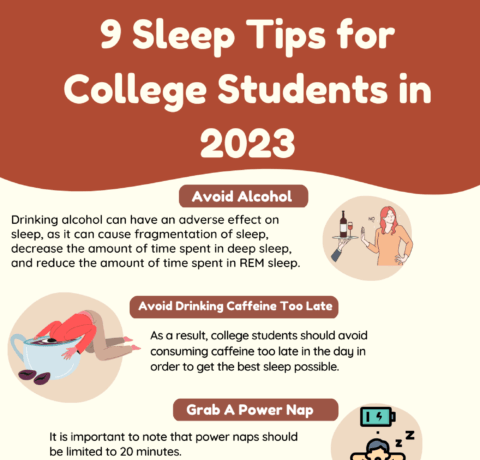The Significance of Flashcards for Learning Infographic
All-nighters, energy drinks, marathon study sessions: many students push themselves to extremes when preparing for exams. But if you are really committed to doing your best, you may want to put down that Red Bull and pick up a stack of index cards. Yes, Flashcards–one of the oldest study methods around–is actually one of the most effective. And now, with the proliferation of mobile devices, you can take advantage of the same benefits of flashcards in a new digitized form. Students are always looking for an edge when it comes to test taking- the latest energy drink, early-morning study groups, etc. But save the caffeine because good old fashioned flashcards offer some of the most significant benefits of all. The Significance of Flashcards for Learning Infographic explores how flashcards work and why they are so effective.
Flashcards Promote Active Recall
There are two primary ways to study information:
- Recognition-based: Reading target concepts, terms, or facts in the context of the supporting paragraphs or lists.
- Active recall: Recalling target information freely with no supporting context.
Studies have shown that studying with active recall can increase retention by more than 100%.
How flashcards help: As you look at the clue on the front of the flashcard, your brain attempts to actively recall the answer on the backside.
Flashcards Engage Metacognitive Features
Metacognition means thinking about thinking. When studying, students assess themselves on how well they understand the subject matter. Research shows that when a person strongly believes they know the answer to a question, and then discovers they are wrong, the correct answer will be ingrained deeply into memory.
How flashcards help: Students will discover how well they either knew or did not know the answer. Correct answers will be encoded into knowledge.
Flashcards enable students to take advantage of a study technique known as confidence-based repetition:
- Run through all of your flashcards pertaining to a certain subject.
- Sort your flashcards into three piles, based on your confidence in knowing the correct answer.
- Focus your studying strongly on the piles you are least confident in.
Confidence-based repetition provides students with the opportunity to space their studying out rather than cram it in all at one time.
In 2006, Nicholas J. Cepeda performed a review of 839 assessments of study sessions. He found that a whopping 96 percent of cases revealed a statistically significant improvement in retention when studying was spaced out over time instead of crammed.
The Different Learning Styles
Not everybody learns in the same way, and flashcards won't always be helpful for every student. Educators typically recognize three distinct learning styles that can affect how useful flashcard-based studying will be for a student.
Visual Learners
These learners retain information best when it is presented to them in visual form, such as in a map, book, or diagram. They tend to take a lot of notes, and might even close their eyes to visualize and encode information.
Flashcard usefulness: high
Flashcards are inherently visual and provide these learners with a studying technique that plays to their natural strengths.
Auditory Learners
These learners retain information best when it is spoken or read aloud. They tend to read out loud or talk through problems to increase understanding.
Flashcard usefulness: medium high
Auditory learners can read flashcards out loud to increase their chances of retention in a way that works best for them.
Kinesthetic Learners
These students encode information best by actually performing an activity. Also called tactile learners, they learn best when they can handle materials or participate in some form of physical interaction.
Flashcard usefulness: low
These learners are the least likely to find flashcards an effective studying tool. Because they are not directly interacting with the specific subject matter (besides writing information down), they are the least likely to get a big learning boost.
Technology in the Classroom
A study performed by Abilene Christian University examined the impact of digital flashcards and other electronic learning software on student performance. They found that students respond overwhelmingly in favor to these devices:
- 91% said that mobile education technology allowed them time to think about the answer and participate more fully in class.
- 85% said that using mobile education technology in class helped them learn more effectively
- 65% felt that studying with digital flashcards helped them learn more of the material
- 7% felt that this technology was a distraction in their course.
Flashcards have been useful staples of education for decades, and mobile technology is only making them better. Educators should investigate ways to incorporate flashcards into their courses in ways that will help their students perform at their highest potential.
View also:







You can adjust your cookie preferences here.